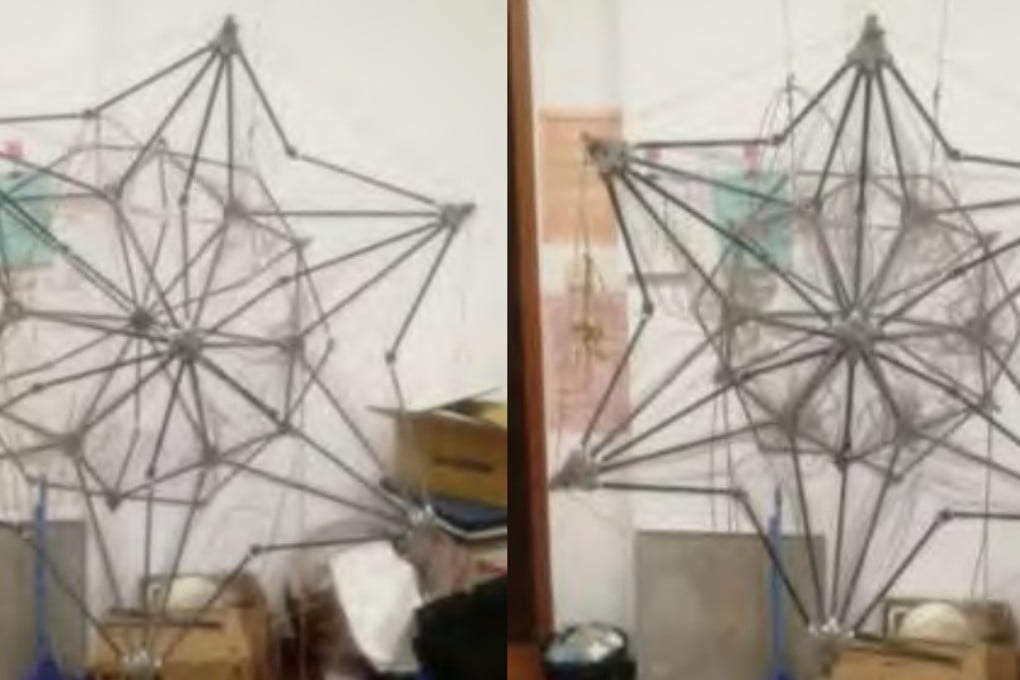To shoot or not to shoot: Chinese-developed ‘golden veil’ could make deadly missiles look like passenger planes
- Military commanders could be put to the test as new gold-plated camouflage veil can make cruise missiles look like civilian planes
- The new low-cost, low-weight device could ‘change the face of war’ according to the team of scientists behind the design

The low-cost technology can confuse expensive air defence systems and significantly reduce the time available for military commanders to respond – if at all.
Developed by a research team in northwest China, the project is part of an ongoing effort by China to build up a wide range of ways it can penetrate air defence systems in the first island chain, Guam or even the US homeland.
The veil is made of fine metal threads which are gold-plated, according to Zong Yali and her colleagues in a paper published in the peer-reviewed Chinese Journal of Radio Science last month. The golden threads then form a web of complex geometry to reflect radar signals.
Laboratory testing has suggested the device can boost the radar cross-section of a flying target from less than one to over 30 decibels per square metre, said Zong, who is an associate professor of radar science with the Northwestern Polytechnical University in Xian, Shaanxi province.
